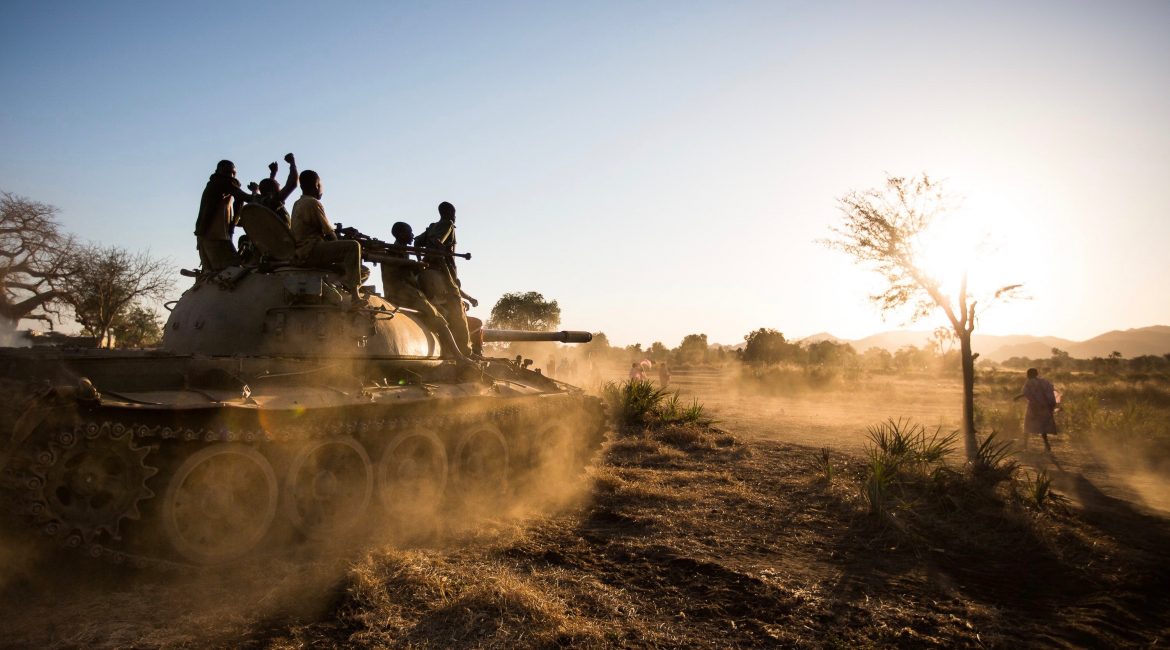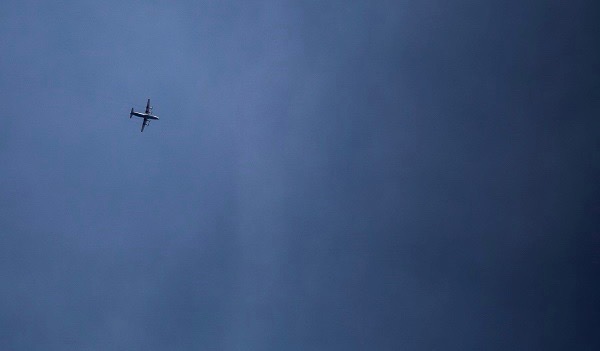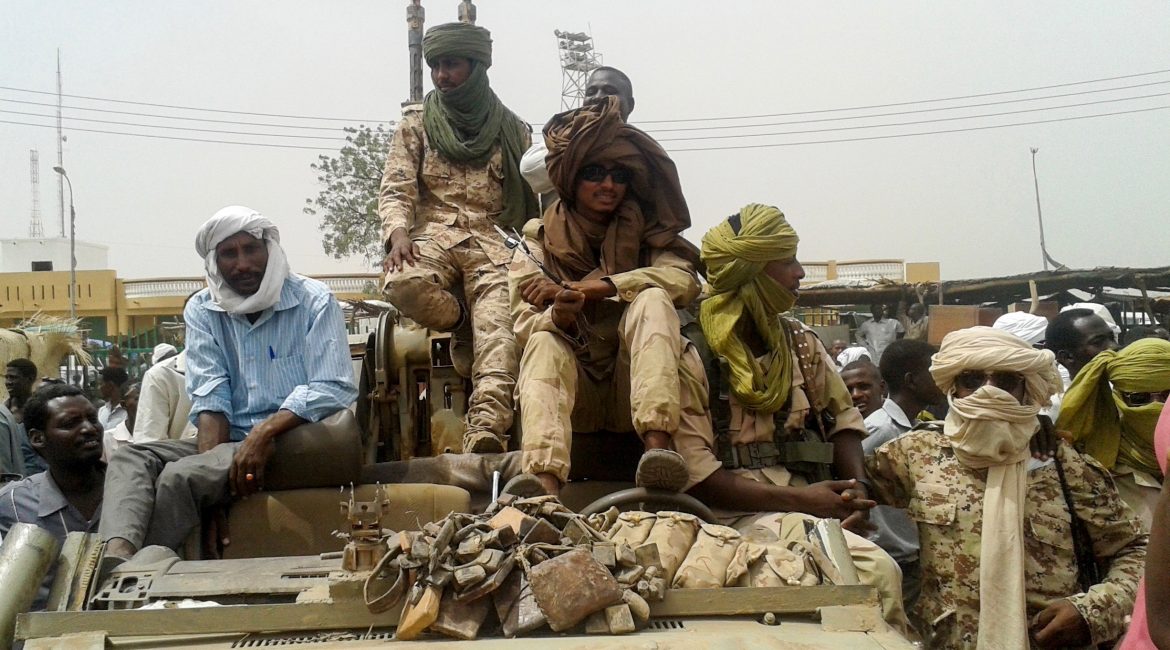SUDAN INSIDER |
This news summary is part of our Sudan Insider, a monthly newsletter providing
news and analysis on Sudan’s biggest stories.
Subscribe here to receive the Sudan Insider in your inbox.
…………………………………………………………………………………………………………..
Did Sudan smuggle weapons into Blue Nile State?
What happened…
Sudan may have violated a UN trade arms embargo by receiving weapons from Iran and China and military trucks from EU countries, according to a recent report by the arms research organization, Conflict Armament Research (CAR). The report provides photographic evidence suggesting the Sudan Armed Forces (SAF) expanded efforts to conceal the origin of weapons they have deployed in Blue Nile State.
SAF deployed the potentially embargoed weapons, both new and heavier types than previously used in combat, during the 2016 fighting season in Blue Nile. The organization revealed that Iran has supplied the Sudanese Army with heavier weapons than previously documented and renovated some of Sudan’s T-55 tanks via a commercial entity that is currently under US and UN sanctions.
The UN Security Council has prohibited all weapon imports from Iran since March 2007. Sudan would be in violation of this stipulation if delivery from Iran occurred after this date, a feasible scenario given their relatively recent usage.
The CAR research team claims Sudan repackaged ammunition boxes to conceal Chinese and Iranian manufacturers and erased factory codes and serial numbers markings on Chinese-produced assault rifles.
In addition, CAR found military trucks from a Dutch company exported from 2010 to 2014. The exports are deemed lawful, however, since The Netherlands did not require export licenses for these vehicles at the time. The EU has since expanded export controls on such vehicles, CAR Field Researcher Justine Fleischner said.
What it means…
If Sudan has indeed smuggled in internationally embargoed weapons, this could potentially affect the US decision to permanently lift US economic sanctions in June. Finance Minister Badr-al-Din Mahmoud, however, has expressed confidence the sanctions will be lifted based on recent fiscal investment discussions the US and Sudan had with the World Bank and International Monetary Fund.
The fact that Iranian weapons may have been shipped to Sudan as late as 2016 suggests ties between the two countries may still exist. Desperate for revenue, Sudan allegedly shifted alliances with long-term ally Iran to Saudi Arabia early last year. Sudan joined the Saudi-led coalition in Yemen against the Iranian-allied Houthi rebels by participating with over 850 troops in the Saudi-led “Decisive Storm” operation against the rebels. In return, several sources have attested that the Kingdom granted roughly $5 billion in military assistance to Sudan earlier last year.
The new weapons identified by CAR in Blue Nile contrast markedly with the older, less effective weaponry found in South Kordofan during the same reporting period. Fleischner believes SAF focused its efforts on Blue Nile, viewing the region as an easier victory than South Kordofan State since the rebels control less territory. But the rebel Sudan People’s Liberation Movement-North spokesman, Arnu Ngutulu, said the periodic focus on Blue Nile is a common tactic used by the government. They focus on South Kordofan for one fighting season and then Blue Nile the next, he said.
The influx of new weapons to Blue Nile may indicate the involvement of regular SAF forces rather than the proxy militia attacks to which international observers have primarily reported to date. A recent report by a sister research organization, Small Arms Survey, for instance, estimated that at least 5,000 paramilitary forces are present in Blue Nile.





